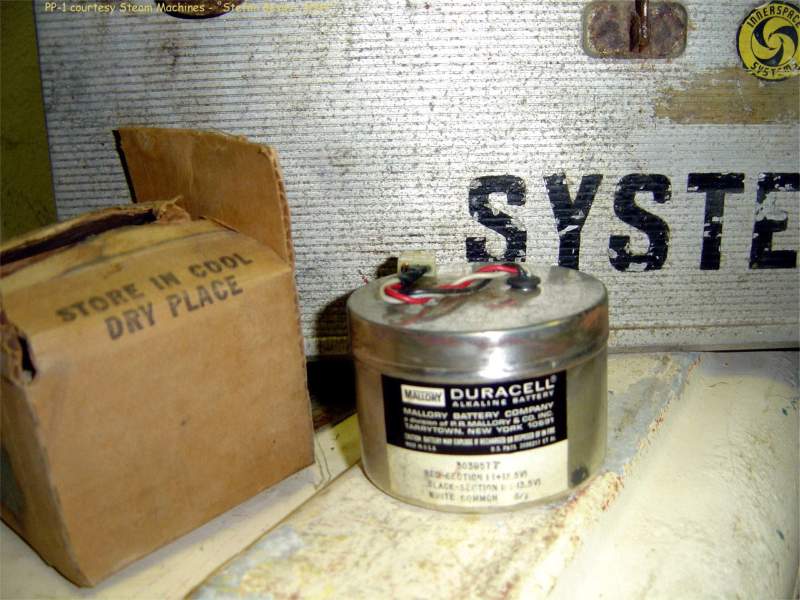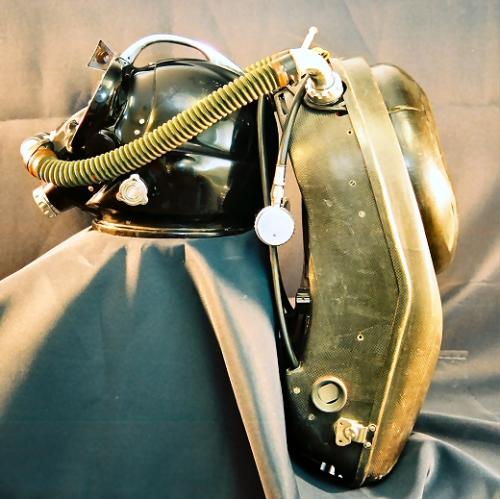 |
||||
|
|
||||
|
It is a pleasure to add these pages to my homepage. The
Innerspace "Porpoise
Pack 1" has undoubtedly much more historical and design criteria
I could ever mention here. Nevertheless it is an incredibly high tech unit
for it's time. We are talking 1974. Innerspace is testing a system based on
the Biomarine CCR 1000 from the
Biomarine Industries in Devon. The unit was brought by
Mr. F. Parker
involved in the development of the rebreathers used in the
Apollo program.
This information could only be presented with the help of several persons,
starting with the great help of Mr. Vance A Johnson, test diver of the unit.
Permission for this publication was given by Leon Scamahorn of
Innerspace, and
unbelievable effort was put into this report by
Stefan Besier! He photographed
the unit recently and added his professional comments to the photos. The
equipment made available for photos courtesy of Pete & Sharon at
Steam Machines
Incorporated I
want to thank all mentioned people for sharing this important information
with us. Since there is a big gap between the development of the
Electrolung and the latest units such as Inspiration,
Prism, Kiss and
Megalodon, I am very happy to fill in a bit of history here. I hope you enjoy reading these pages, |
||||
The Rebreather InvasionbyLeon P. Scamahorn(Shadow diver)© 1996 by Leon P. Scamahorn. Reproduction and distribution, in whole or in part, is authorized provided credit is given to the author for the content. In the sixty's aerospace technology revolution was on. The race to the moon and the technology supported it. While man was focusing outward toward the stars there were a few aerospace engineers looking inward, "innerspace". The technology being developed to support Astronauts was also compatible for marine exploration. Gas tight zippers, high-density waterproof materials, electronics, plastics, high and low pressure regulated pneumatic plumbing, efficient CO2 scrubber breathing systems and small galvanic oxygen sensors made advanced diving systems possible. As in the aerospace industry, another race was on to develop innerspace life-support systems that would support a diver at any depth for a great length of time. Driven by Uncle Sam for military application and offshore oil companies, systems were developed to support those types of mission driven applications. One system in the latter sixty's rose above the rest. With the current technology at that time the system capability was impressive, six hour duration at any depth rated for a maximum depth of 1000 fsw.(2000 fsw for saturation using passive and active thermal heating systems.) The US Navy Experimental Diving Unit tested the system. They found the breathing qualities and system integrity was second to none at the time. The failure analysis on the research & development program exceeded most fighter aircraft of that period, and has been the U.S. Navy's mainstay for almost two decades. With an accumulation of over a million manned diving hours. The system was a modified Bio-Marine CCR-1000 Called the Innerspace Porpoise Pack one, a highly efficient and robust system that had no equal, and at this current time systems as old as 20 years are still in operation. The design criteria for the system was:
The commercial dive industry was interested in maximum gas conservation and maximum diver productivity. Gas consumption at 1000 fsw ran about $3,756.30 per hour, not including paying the diver and support equipment.
|
||||
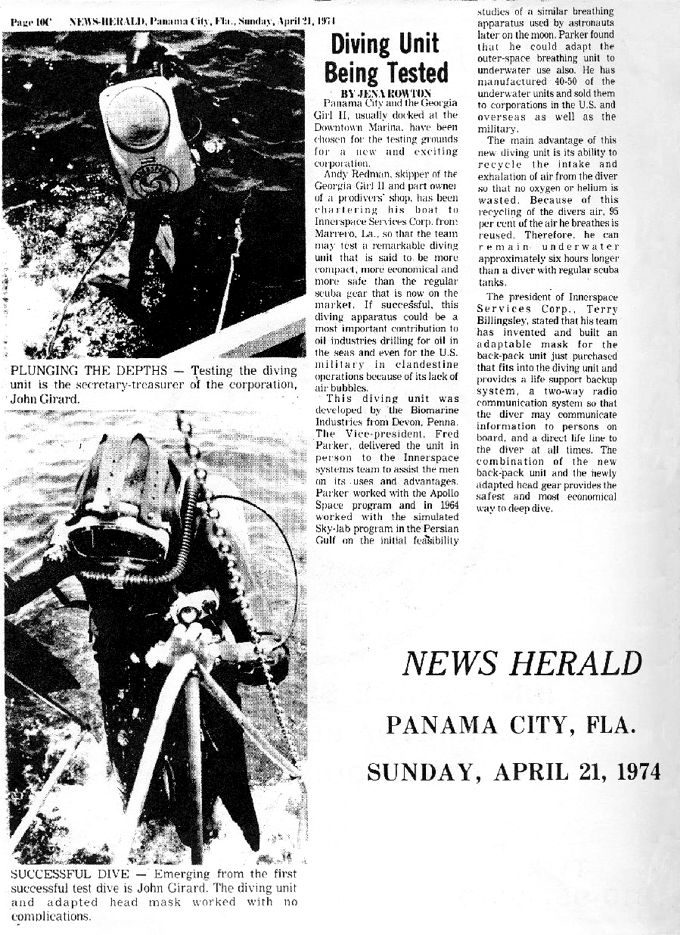 |
||||
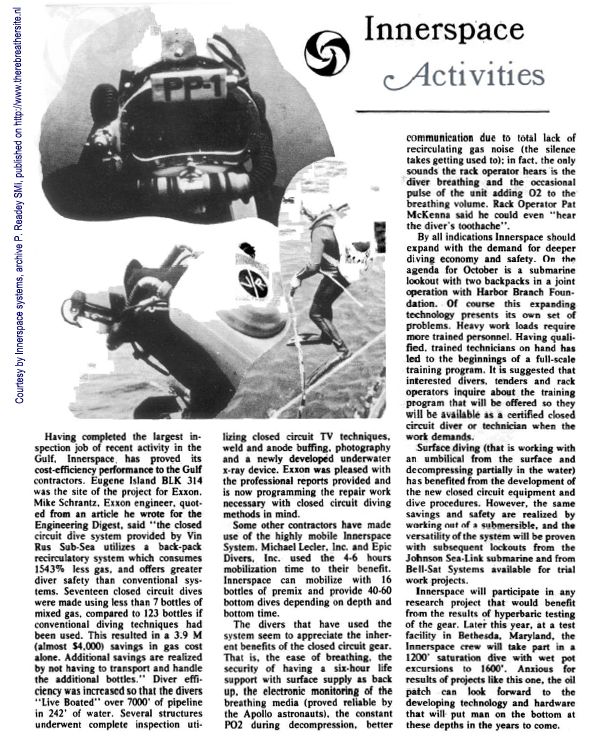 |
||||
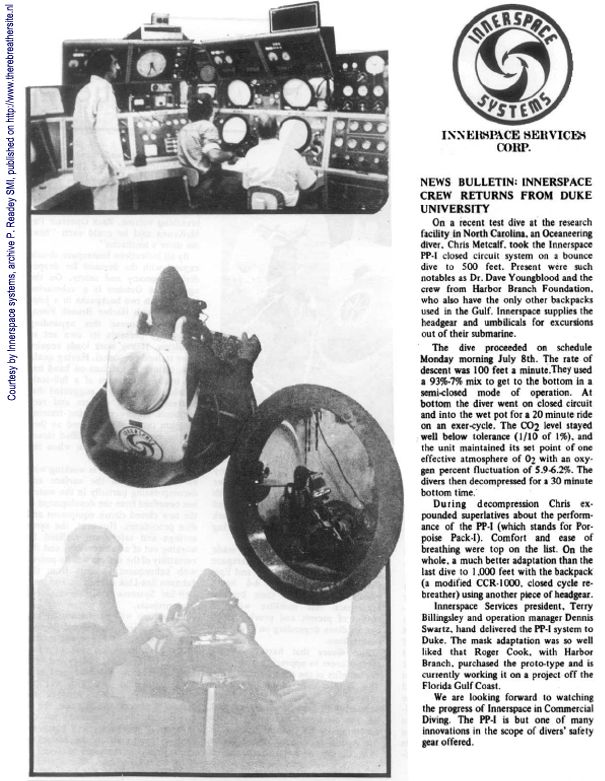 |
||||
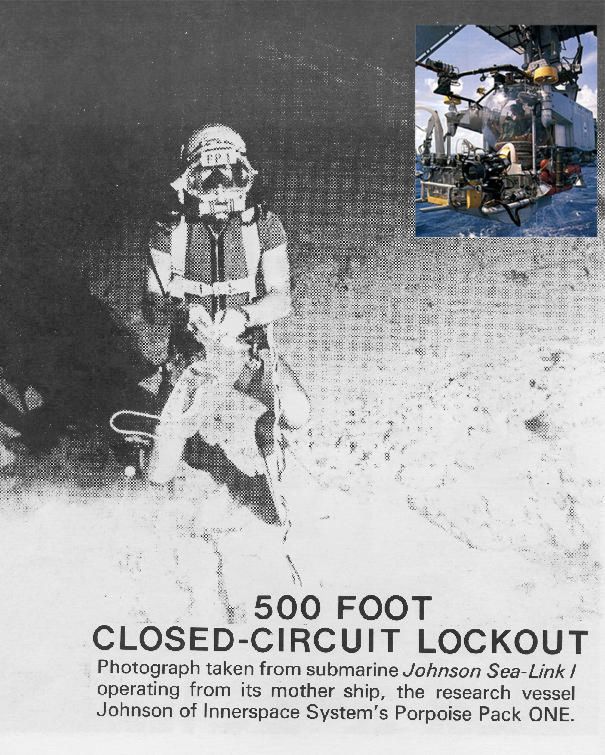 |
||||
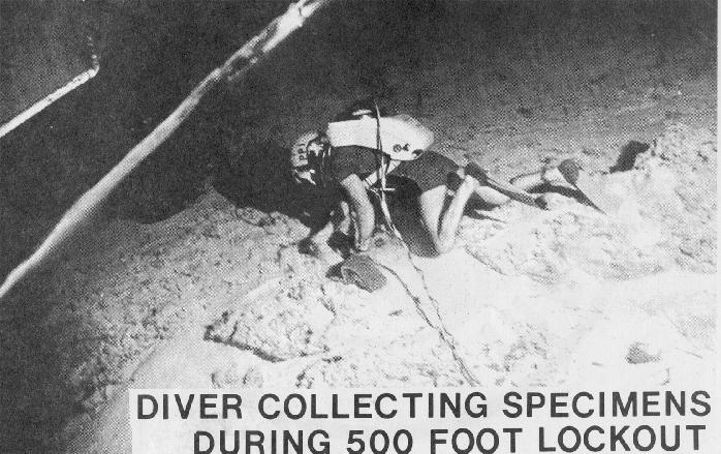 |
||||
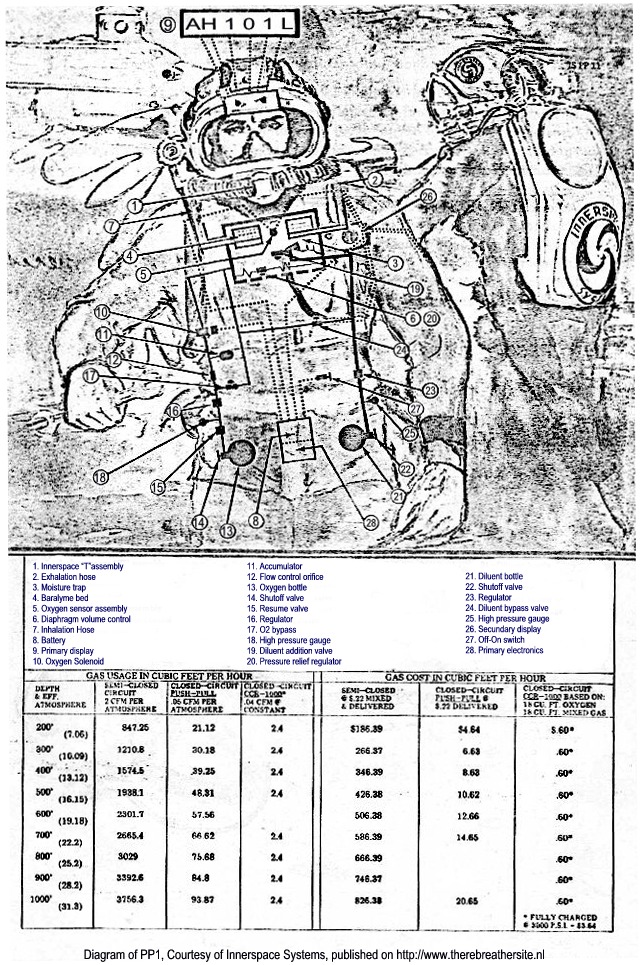 |
||||
| OK, here are photos all made by Stefan Besier. I want to thank him for this great job he did! Stefan, I hope people will enjoy your professional work, and also value your free of charge cooperation! | ||||
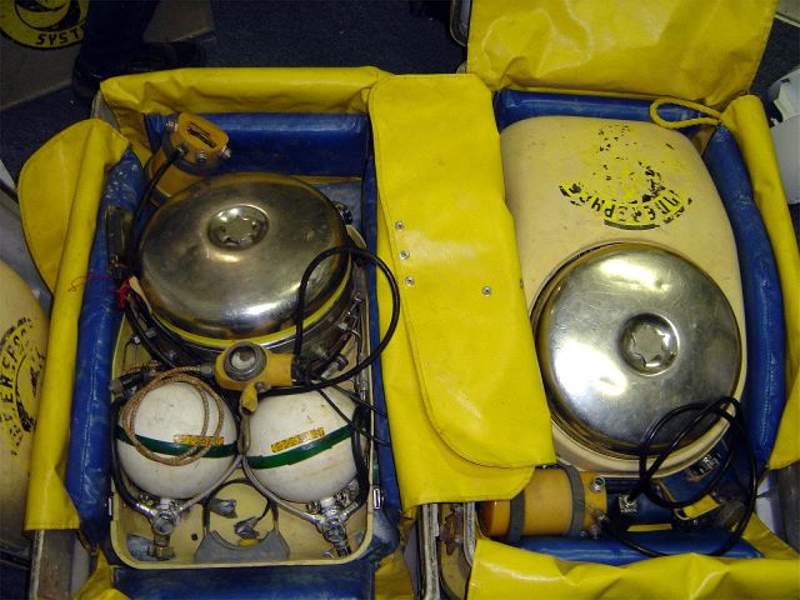 |
||||
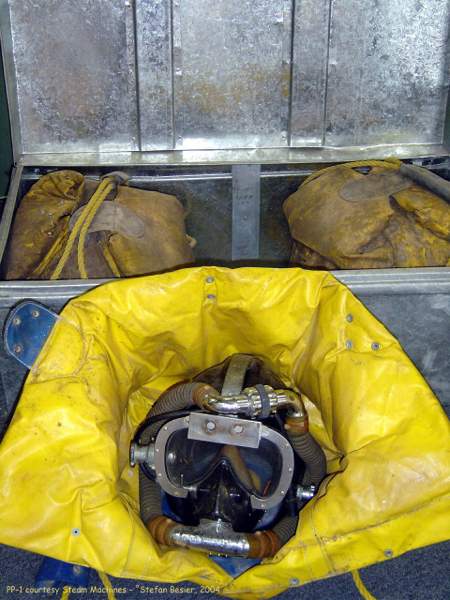 |
||||
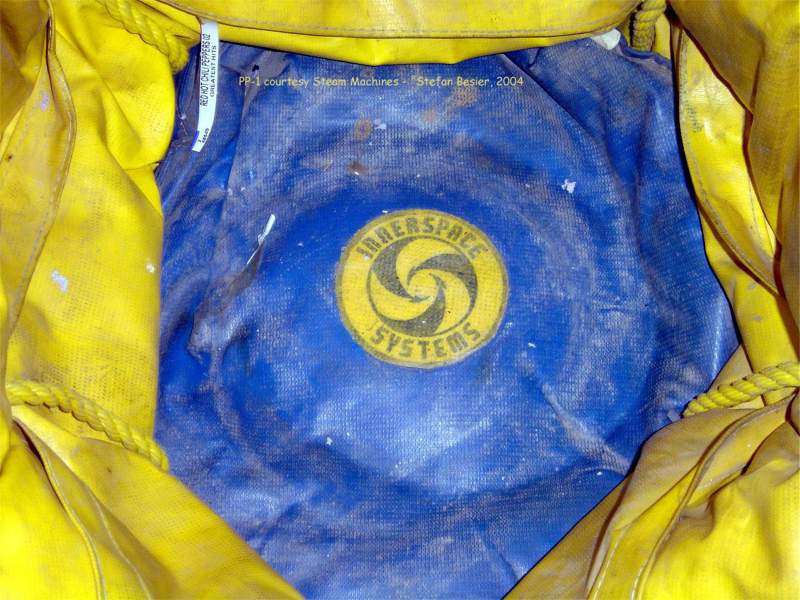 |
||||
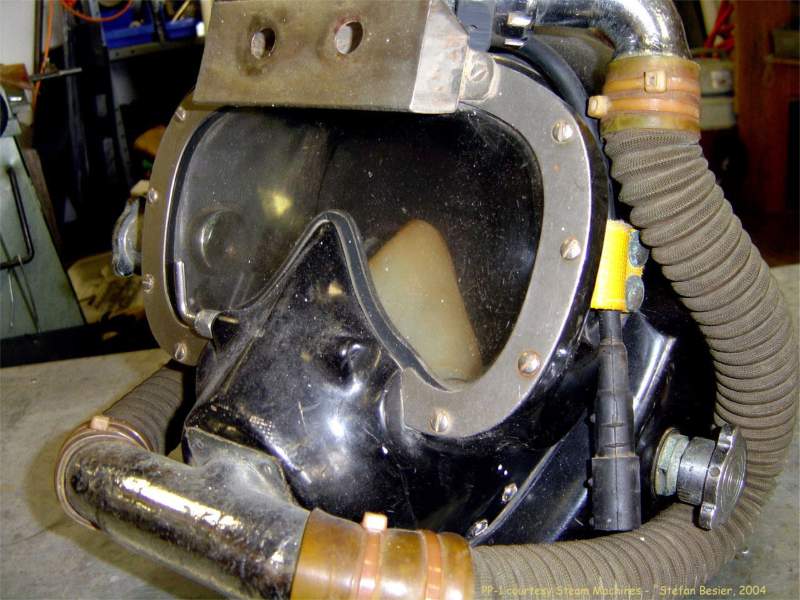 |
||||
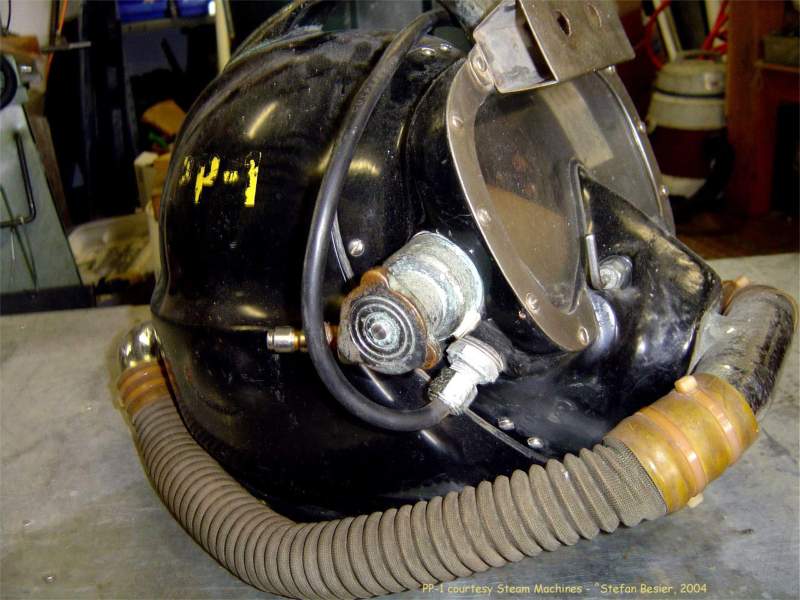 |
||||
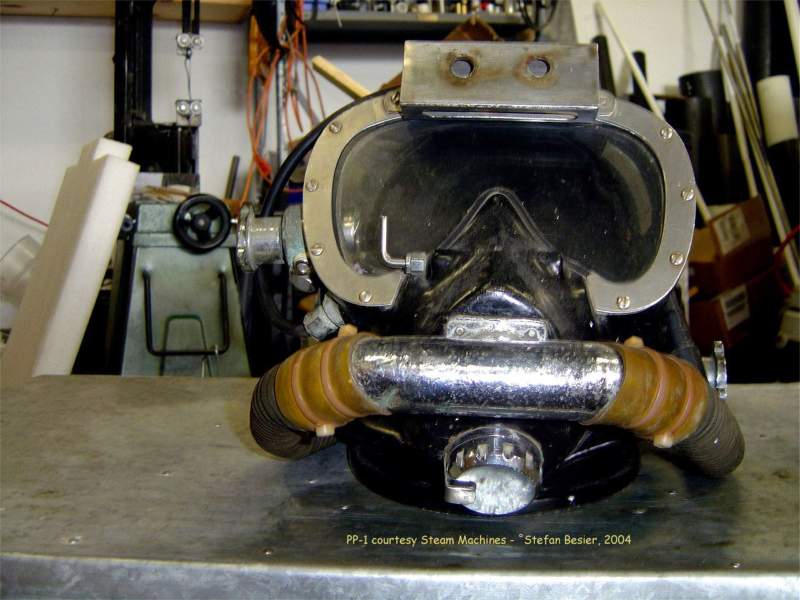 |
||||
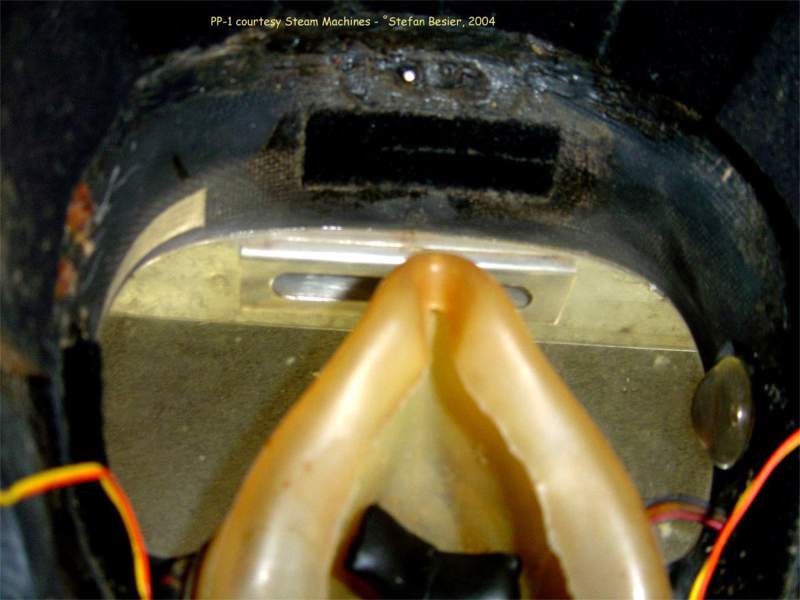 |
||||
|
||||
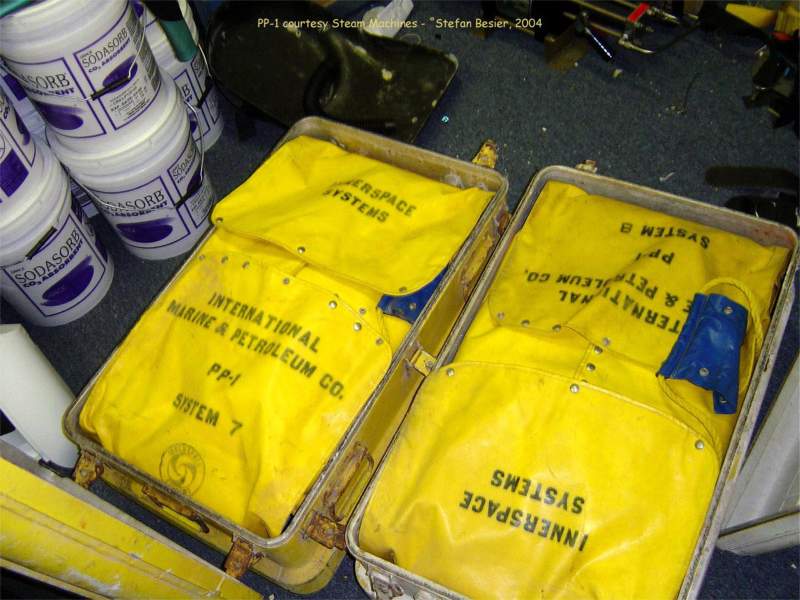 |
||||
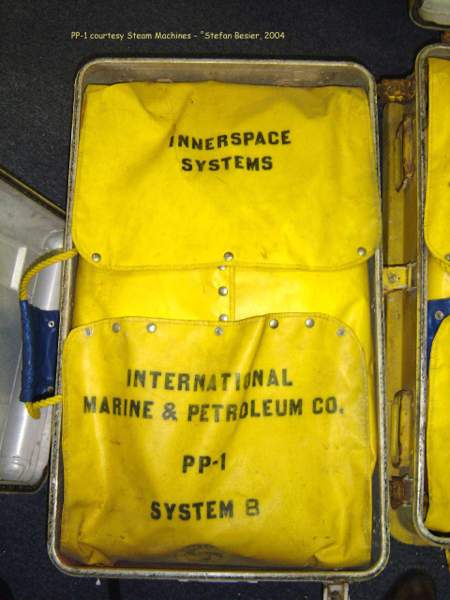 |
||||
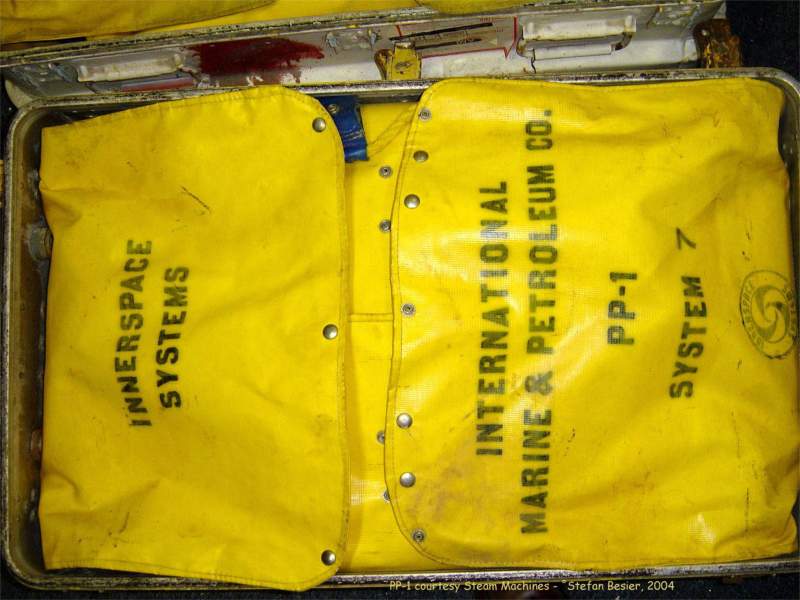 |
||||
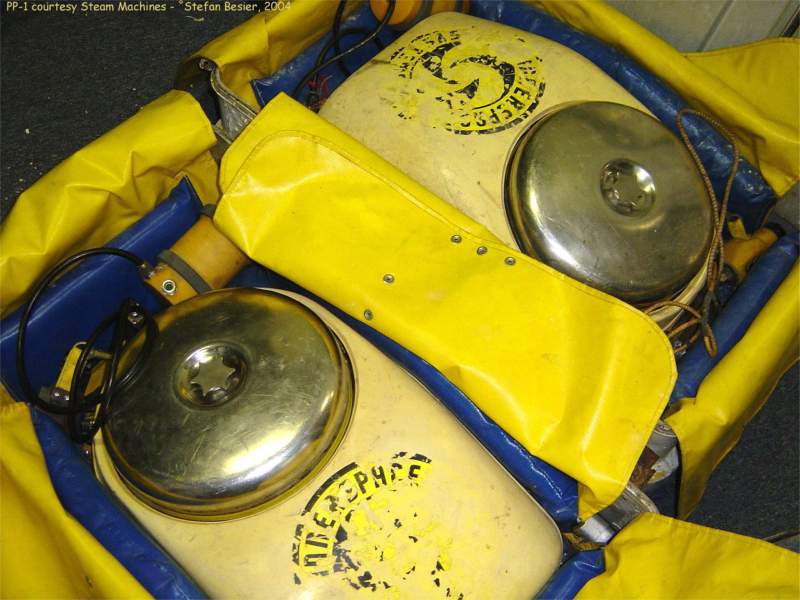 |
||||
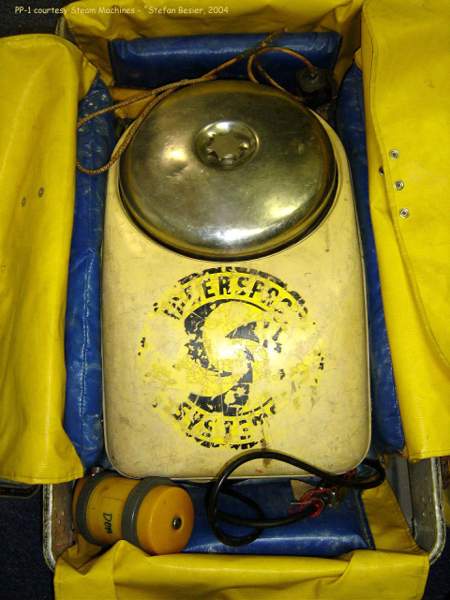 |
||||
|
||||
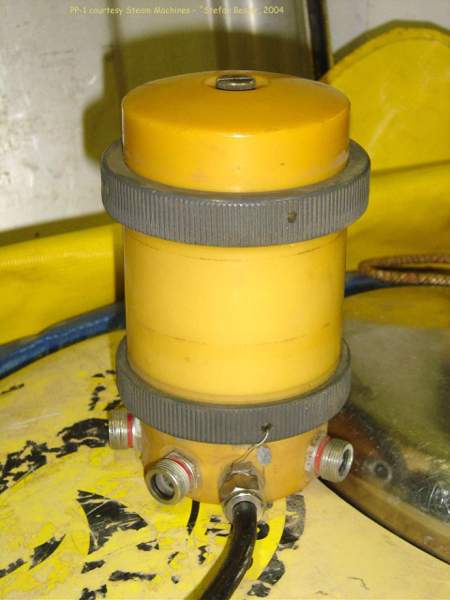 |
||||
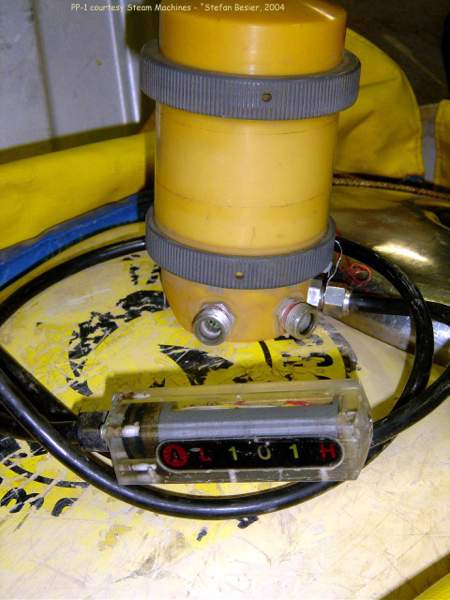 |
||||
| (What about this very early hammer head ? :) )) | ||||
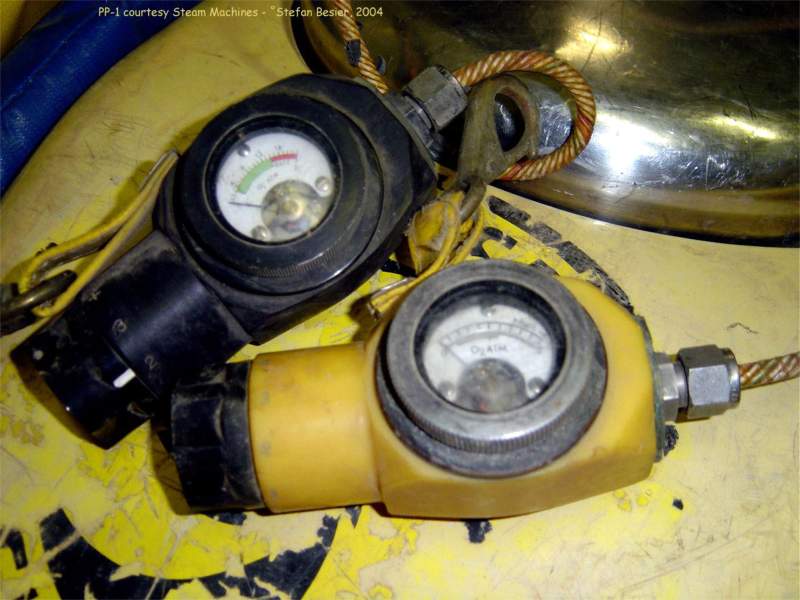 |
||||
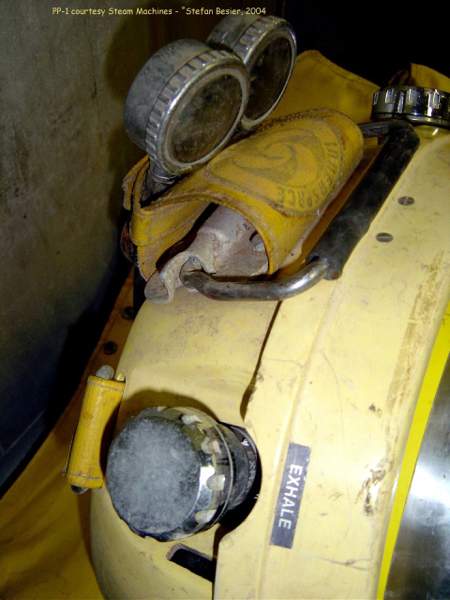 Picture #710 |
||||
| The box that contains the battery
on top and has the analog electronics on the bottom. Also the primary wrist
display with its warning lights. (Alarm - Low pO2 - 0.1
below setpoint - On setpoint - 0.1 above setpoint - High
pO2) Finally two secondaries side-by-side. The yellow one was originally used with the PP-1s, but they had problems with the material and switched to the black display made from different material. As you can see in #710, the PP-1 had a solid handle, and screw on caps to close the loop when removing the hoses. Two items frequently missing on modern rebreathers. The two contends gauges even have a tie-down for transport. |
||||
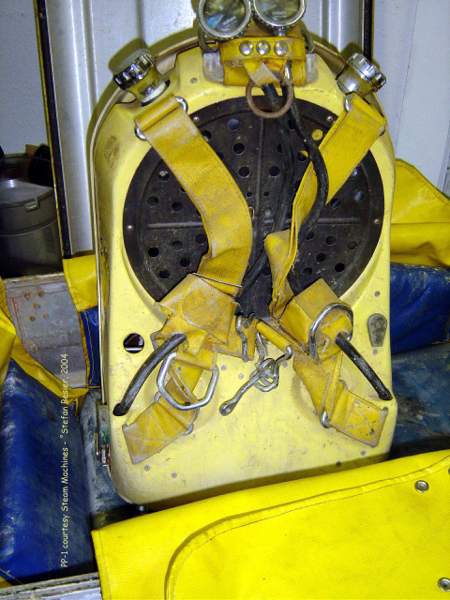 #713 |
||||
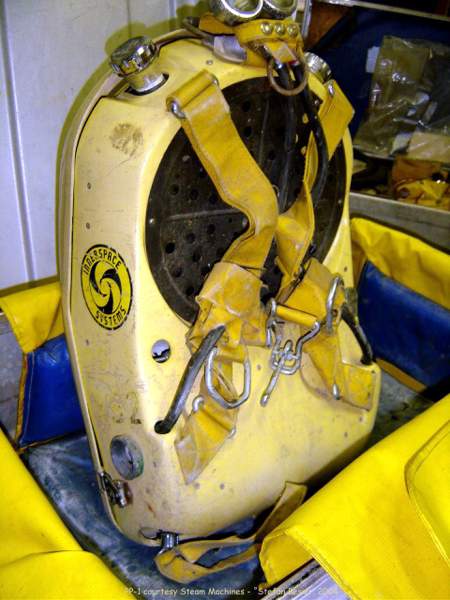 |
||||
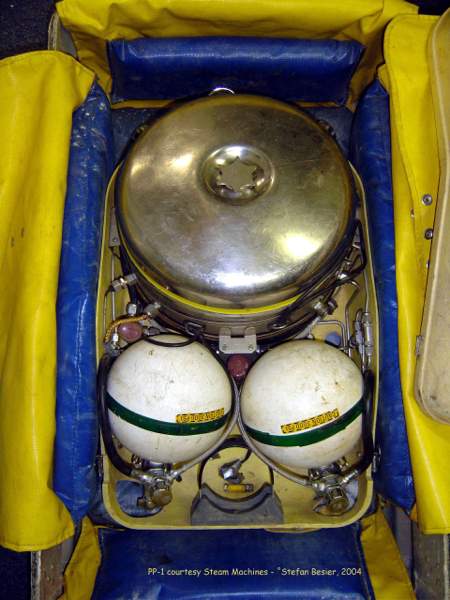 #716 |
||||
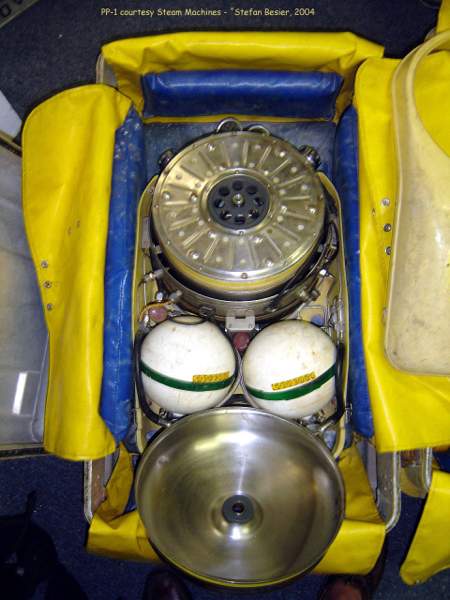 |
||||
|
||||
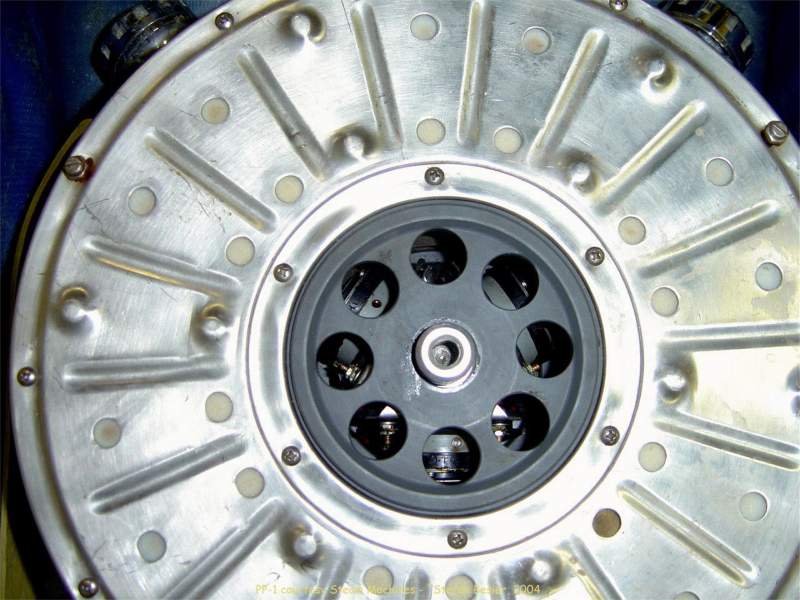 #718 |
||||
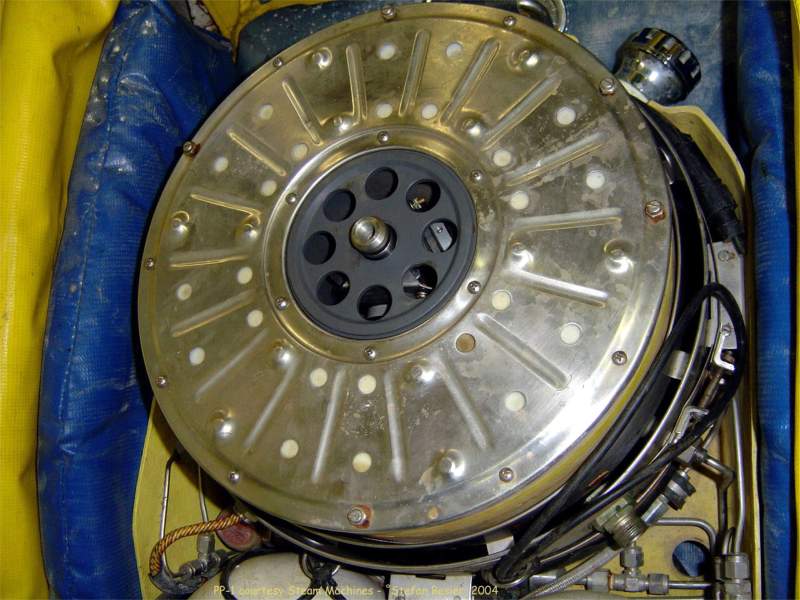 #719 |
||||
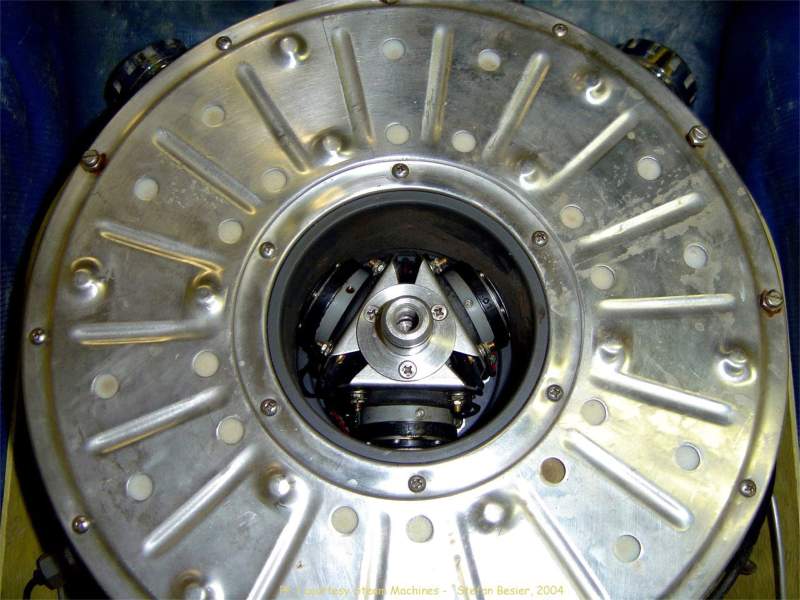 #720 |
||||
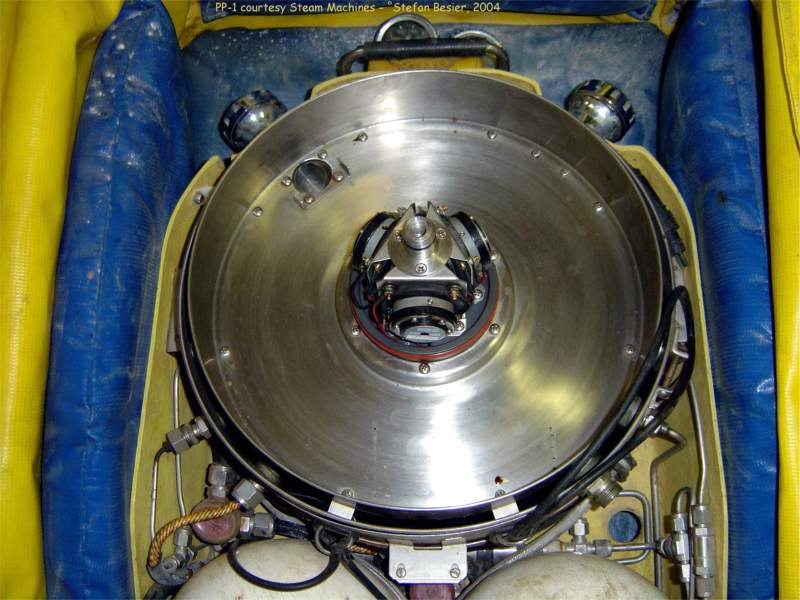 #721 |
||||
|
||||
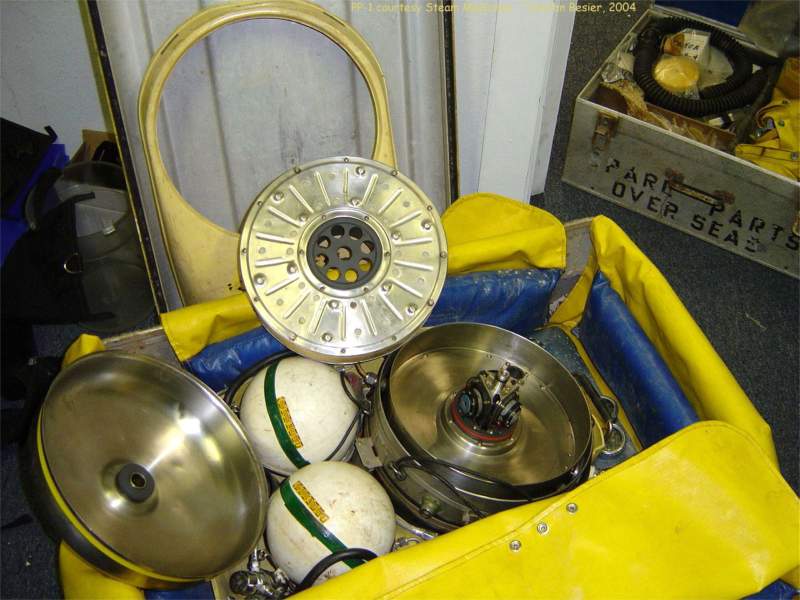 #724 |
||||
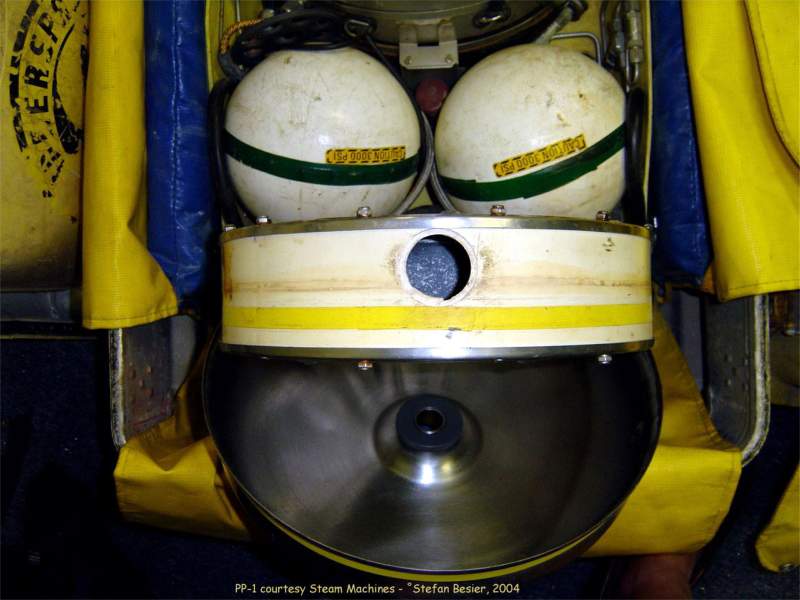 #725 |
||||
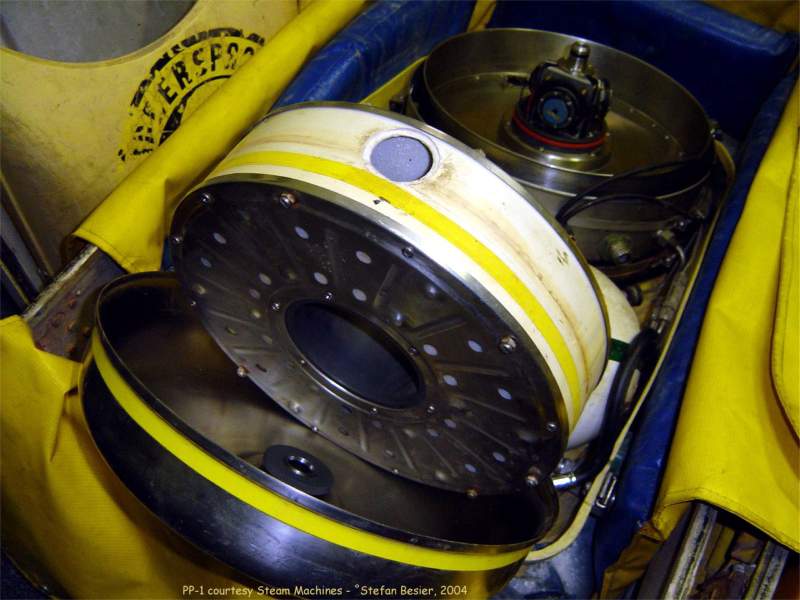 #726 |
||||
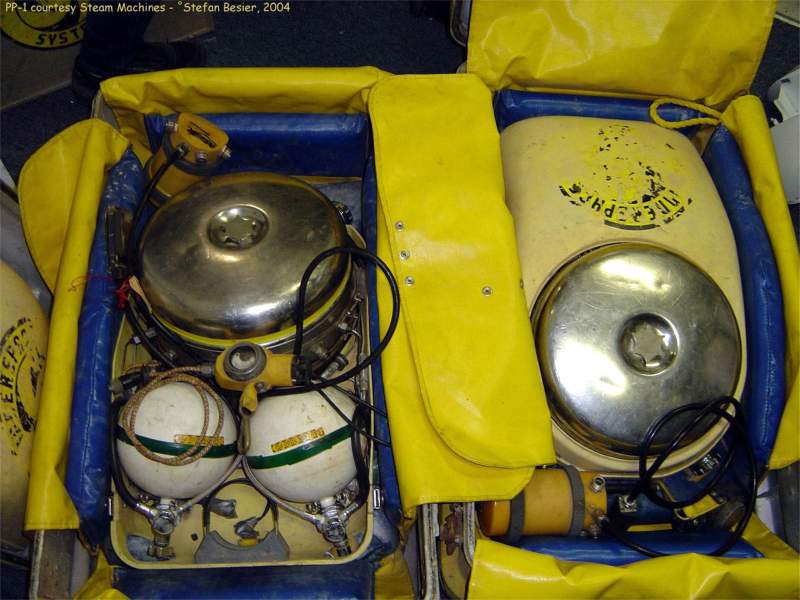 #727 |
||||
|
||||
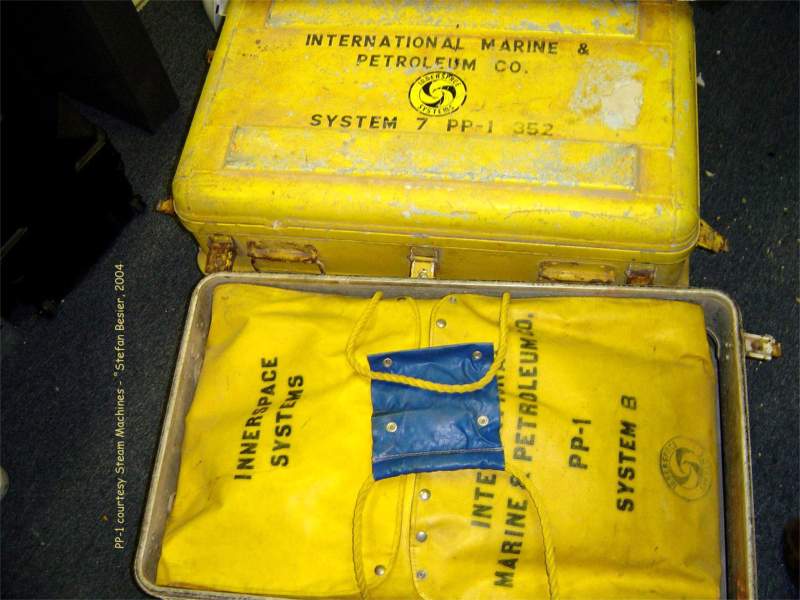 #728 |
||||
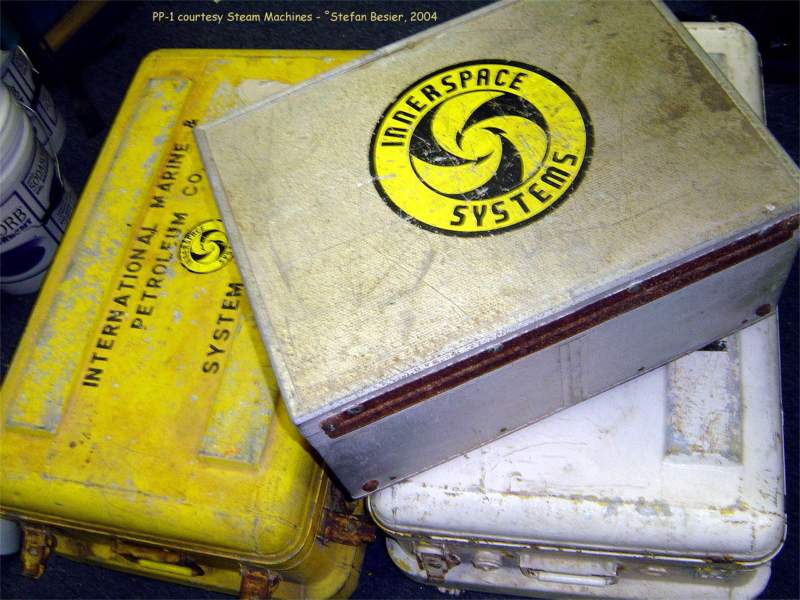 #731 |
||||
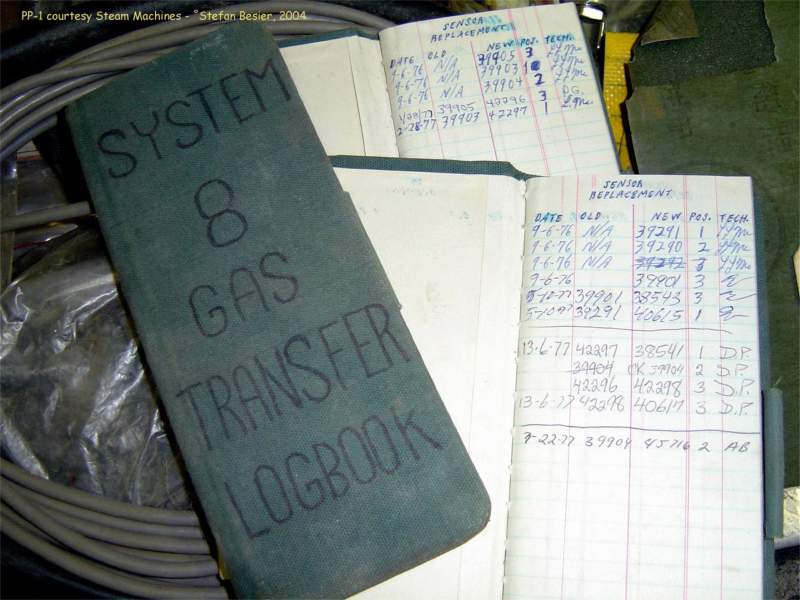 #733 |
||||
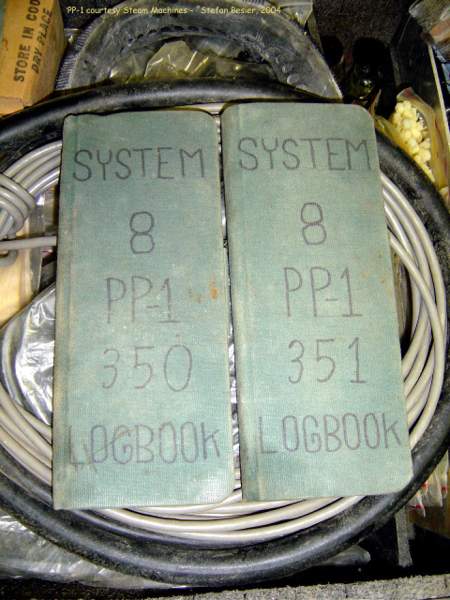 #734 |
||||
|
||||
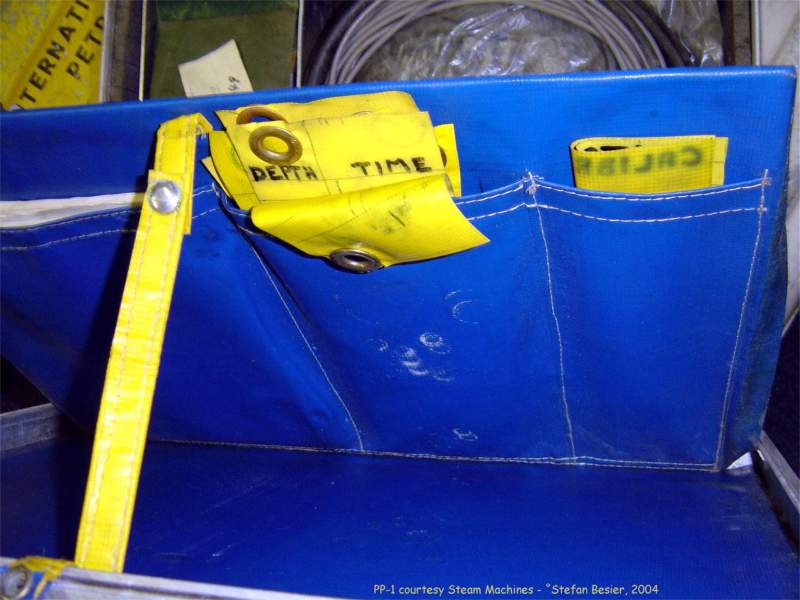 #732 |
||||
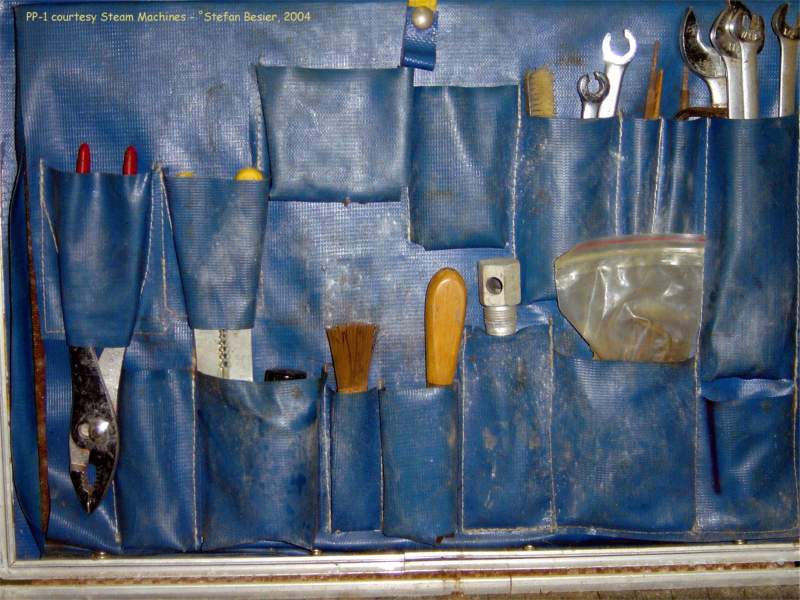 #735 |
||||
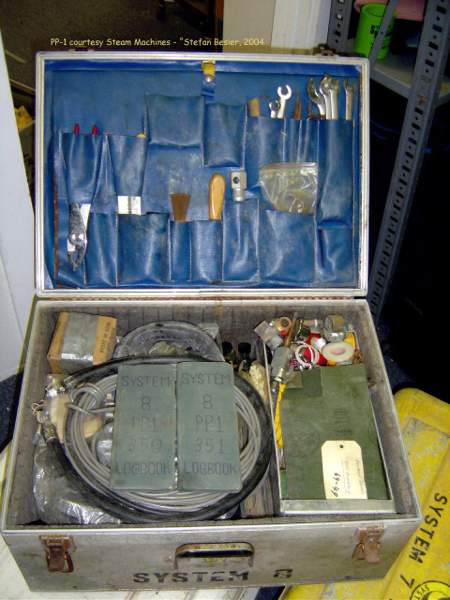 #736 |
||||
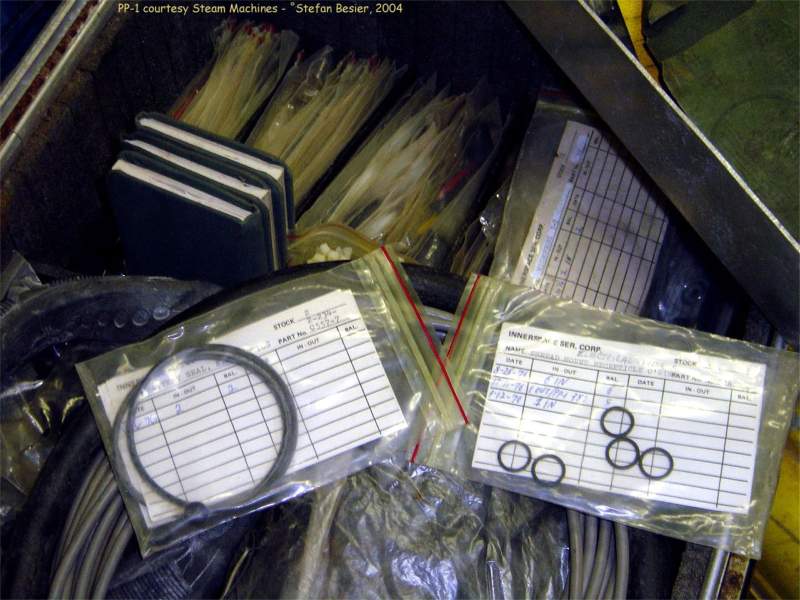 #737 |
||||
|
||||
|
|
||||
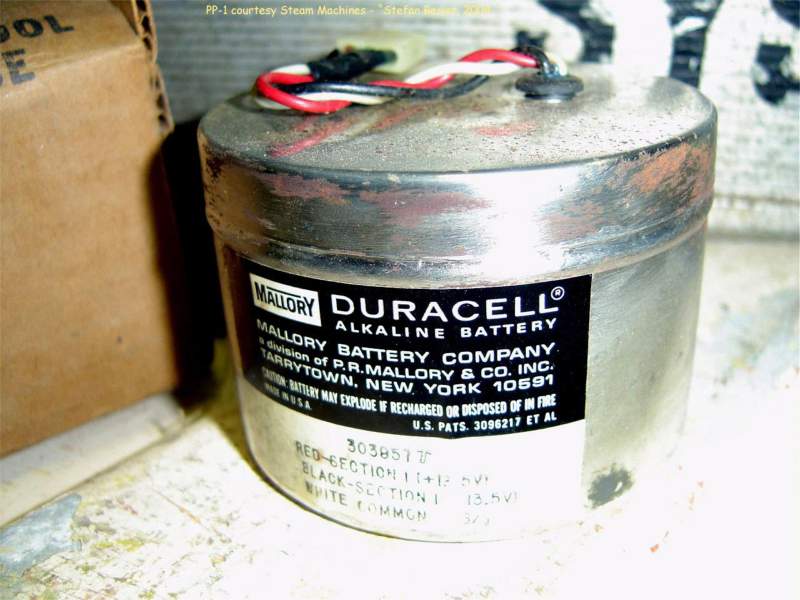 |
||||
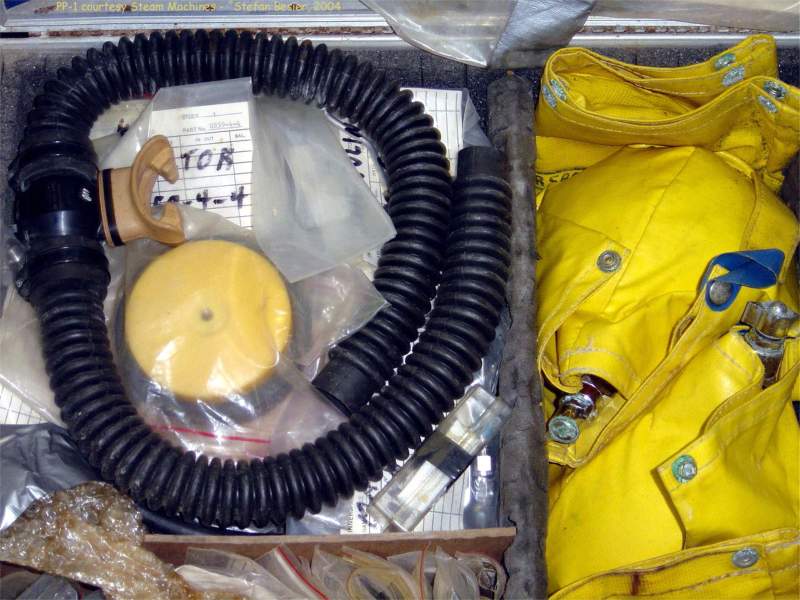 |
||||
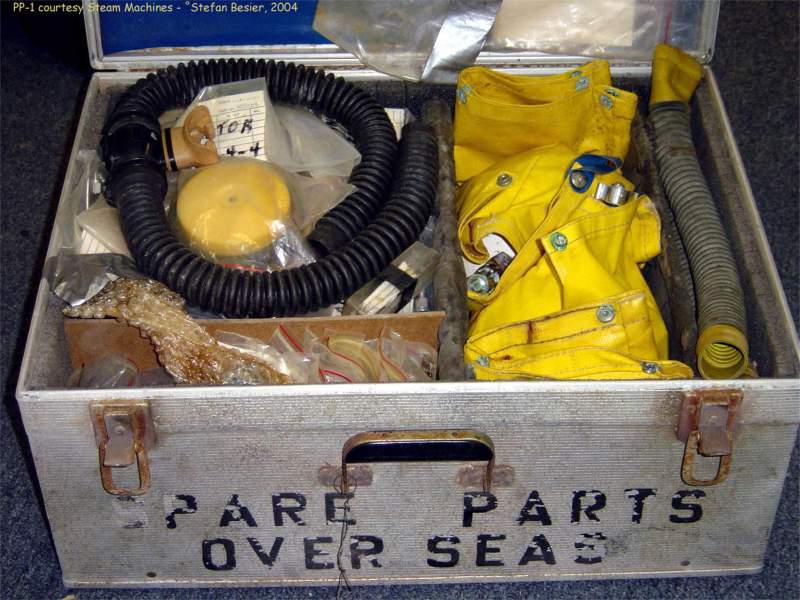 |
||||
|
||||
|
||||
| A final word about the photos. Since the download time has to acceptable I had to change the resolution and size of the original pictures. I can assure you that the original quality is fantastic! All photos were made by Stefan Besier. | ||||
|
first publication 31-08-2004 |
||||
|
